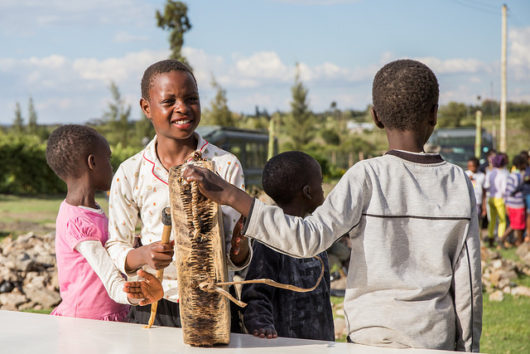Living in Extreme Poverty: A Global Decline

Less than 40 years ago, close to 42 percent of the world’s population was living in extreme poverty. People living under these conditions often cannot buy basic necessities like food and do not have access to clean water. They face starvation and disease on a daily basis.
However, in 2018, the world has become a better place, slowly but surely. By today’s reckoning, fewer people than ever before are living in extreme poverty, and it is something to celebrate. Though there is still a lot of work to be accomplished, the fact of the matter is that extreme poverty is declining everywhere.
Decades of Extreme Poverty Decline
The current standard of determining extreme poverty is whether someone is living on less than $1.90 per day. There is often debate over whether extreme poverty is truly ending or if contemporary standards for determining poverty rates are too low. Current research has determined that extreme poverty rates are declining no matter what amount per day is being used.
Despite the negative effects of the 2008-2009 financial crisis on the global economy, the world community has made significant strides towards ending extreme poverty. A report published by The World Bank in 2016 found that from 1981 to 1990, the percentage of those living in extreme poverty had declined from 42 percent to 35 percent.
The later study published that from 1990 to 2013, the number of people living in extreme poverty had reduced to 10.7 percent, meaning that, in those two decades, about 1.1 billion people around the world clambered out of extreme poverty.
Between 2008 and 2013, The World Bank found that earnings increased by 40 percent for those living in extreme poverty. And just between 2012 and 2013, the number of those living in extreme poverty dropped by 100 million people. After 2016, that number lowered to 9.1 percent.
Crucial Steps to Reducing Extreme Poverty
Using data identified as beneficial in lowering a country’s poverty rate, The World Bank boiled their findings down to six crucial steps that a country could make to lower their poverty rates.
- Universal health coverage
- Universal access to quality education
- Making cash transfers to poor families
- Rural infrastructure — especially roads and electrification
- Progressive taxation
- Early childhood development and nutrition
The World Bank study noted that the most significant declines in extreme poverty came from the Pacific Islands and East Asia. Approximately 50 percent of those still living in extreme poverty today will be found in Sub-Saharan Africa. This region of the world will require the highest amount of foreign aid and relief efforts looking into the future.
How To Help
Those individuals who are fortunate enough to live in areas of the world predominantly above the poverty line can do their part by contacting their representatives at both the local and national level. Furthermore, continued support through foreign aid is crucial to the ongoing development of regions that need help the most. Today, it’s estimated that 775 million people still live below the poverty line, often on less than $1.90 a day. The global effort is getting closer to eliminating that number every day.
– Jason Crosby
Photo: Flickr
